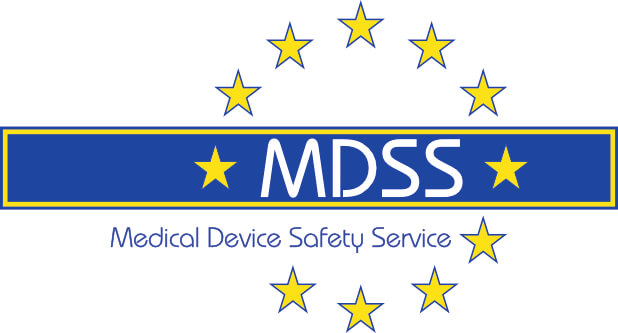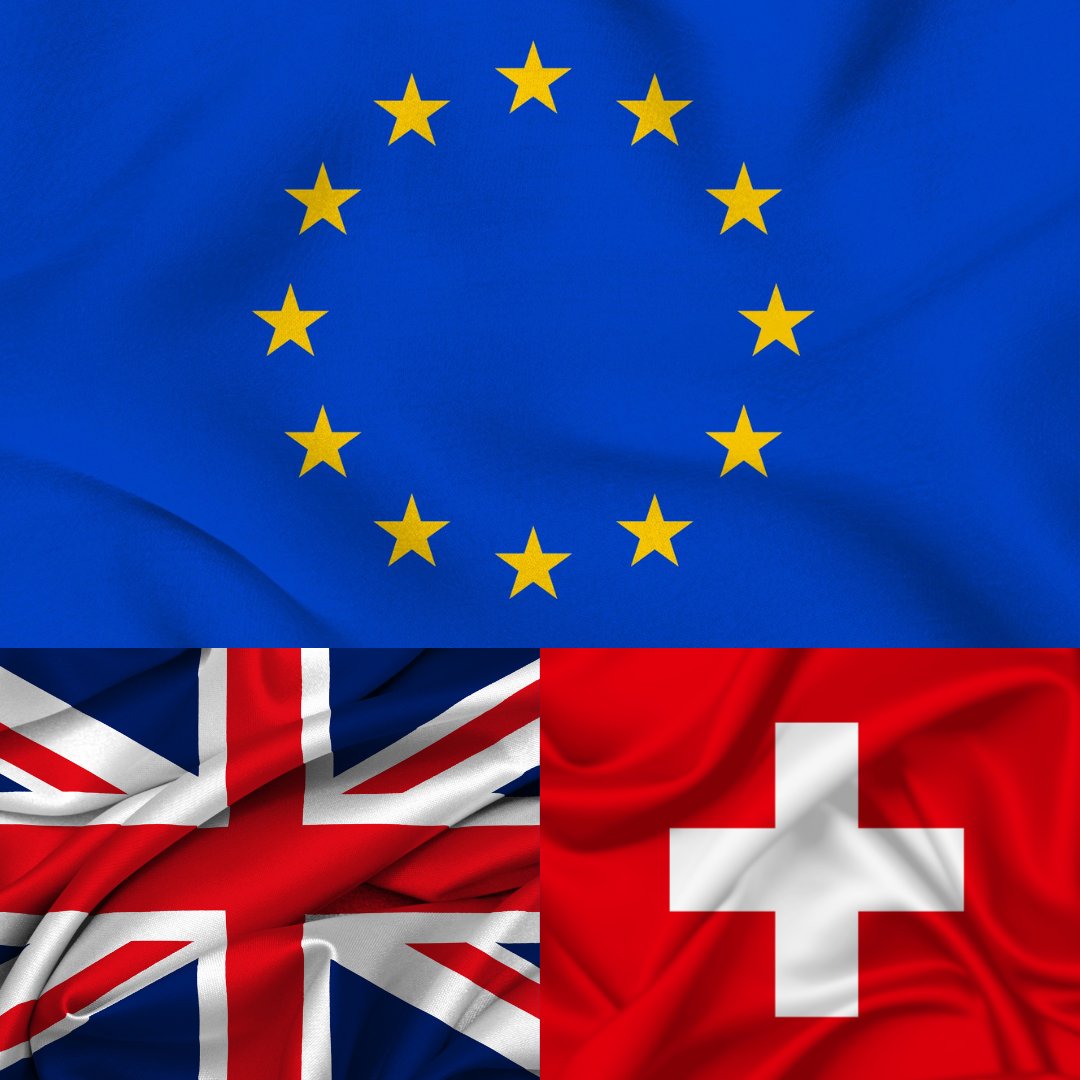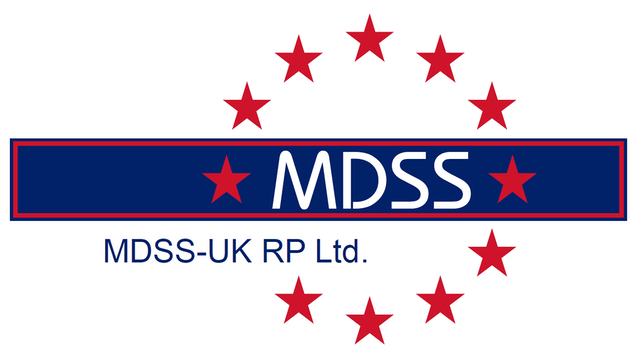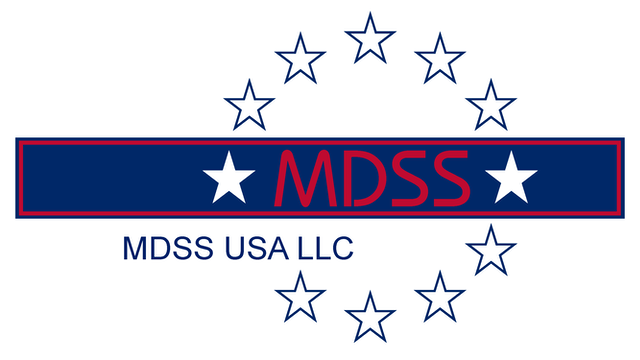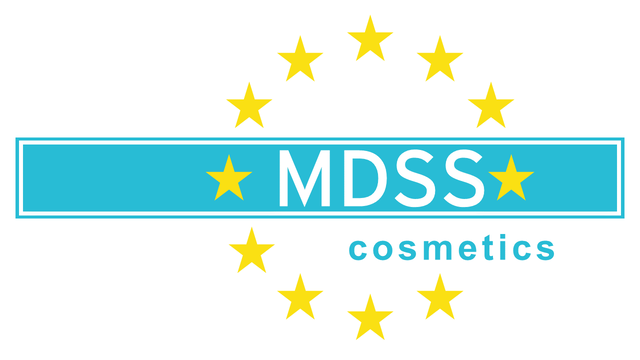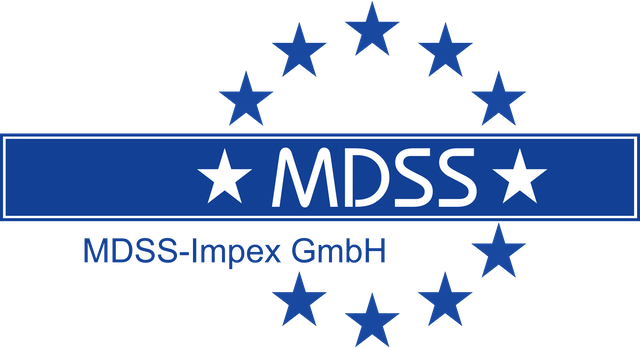Historic deal reached on World's first AI Regulations - The Artificial Intelligence Act!
The Council presidency and negotiators from the European Parliament have achieved a preliminary accord on the proposal for harmonized regulations governing artificial intelligence (AI), known as the Artificial Intelligence Act.
This drafted regulation is designed to guarantee the safety of AI systems introduced to the European market and used within the EU, emphasizing the adherence to fundamental rights and European values.
This groundbreaking proposal not only prioritizes safety but also seeks to bolster investment and foster innovation in AI across Europe.
The AI act stands as a pivotal legislative endeavor poised to encourage the advancement and widespread acceptance of safe and reliable AI throughout the EU's unified market, engaging both private enterprises and public entities. Its primary objective is to govern AI systems based on their potential to pose societal harm, employing a 'risk-based' strategy: greater risks warrant more stringent regulations. As an unprecedented legislative initiative globally, this act has the capacity to establish a universal benchmark for AI regulation, akin to the impact of the GDPR, thereby advocating the European model of tech regulation on a global scale.
Here is the press release from the Council of the EU with detailed information.

